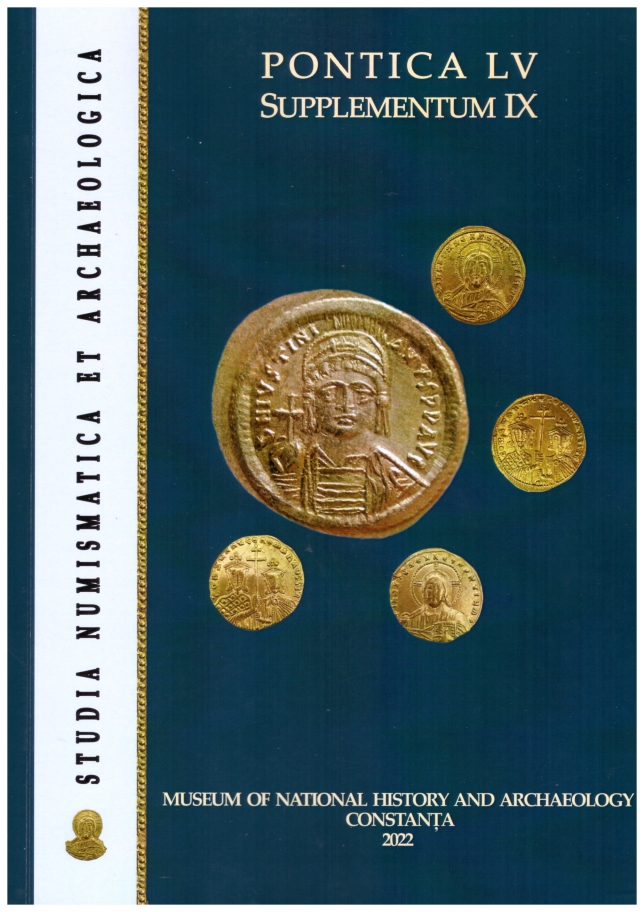DESPRE UN TEZAUR MAI PUȚIN CUNOSCUT DESCOPERIT LA KALIPETROVO (BULGARIA)
ABOUT A LESSER-KNOWN TREASURE DISCOVERED AT KALIPETROVO (BULGARIA)
Author(s): Aurel Vîlcu, Silviu OțaSubject(s): History, Archaeology, Ancient World, Middle Ages, 6th to 12th Centuries
Published by: Muzeul de Istorie Națională și Arheologie Constanța
Keywords: coins; treasure; earrings; hair link; pendant; ring; ingot;
Summary/Abstract: In 1928, in the village of Kalipetrovo, near Silistra, during agricultural works some inhabitants accidentally discovered a large treasure consisting of Byzantine gold coins, ingots, and adornments weighing about 4 kg. Twenty-eight Byzantine gold coins from the treasure are preserved in the collections of the ”Vasile Pârvan” Institute of Archaeology, with the following distribution by issuers: Basil II and Constantine VIII (2 pcs.), Constantine IX Monomachos (5 pcs.), Constantine X Doukas (4 pcs.), Romanos IV Diogenes (10 pcs.), Michael VII Doukas (6 pcs.) and Alexius I Comnenos (1 pc.). The first information about the Kalipetrovo hoard was published in 1931, when the author of the article, George Severeanu, bought three more Byzantine gold coins and some adornments from the discoverers. The analysis of the adornments from a typological point of view, based on analogies with similar artifacts from the Balkans (Serbia, Bulgaria, Romania, and Hungary), indicates a chronology of them that can be extended from the end of the 10th century (ring and links hair) until the 12th century (hair earrings and links). The moon-shaped pendant is the only piece that raises certain dating issues, at this time a very similar specimen dating to the 7th century, discovered at Sisak in Croatia, is known. The presence of the fragments of gold bars is not a very precise element of dating, at least for the current territory of Romania. Here, they were discovered rather in later hoards, such as at Streza-Cârțișoara, Amnaș, or Mihail Kogălniceanu-Dealul Uzun Baiîr, and less frequently in the early ones, such as the one from Răducăneni. The most recent coin from the discovery in Kalipetrovo, a hyperper from Alexius I struck after the reform of 1092/1093, indicates the hiding of the treasure in the context of the Cuman invasion of 1094.
Journal: Pontica
- Issue Year: 2022
- Issue No: 55 Supp IX
- Page Range: 367-389
- Page Count: 23
- Language: Romanian

